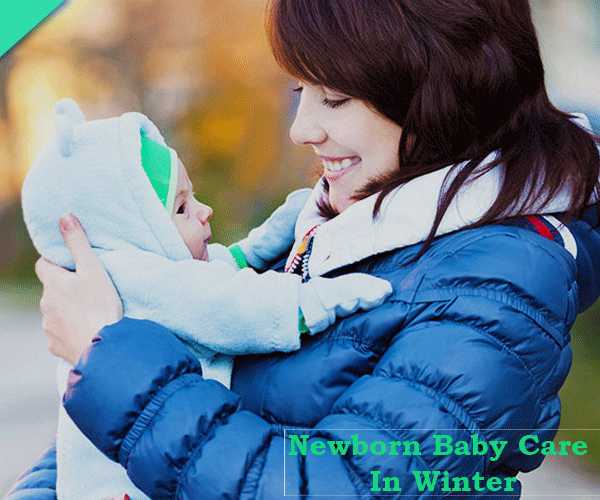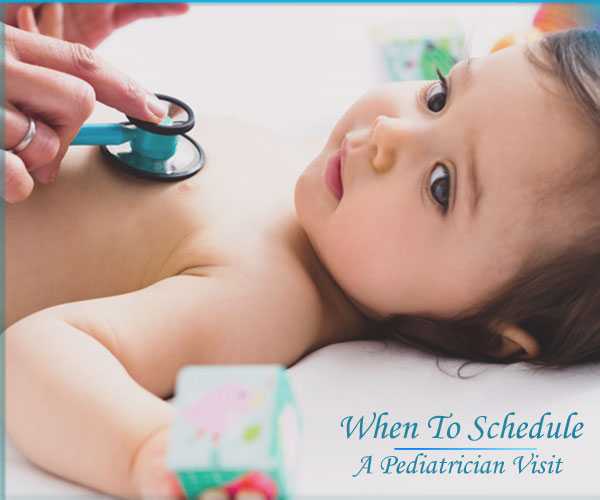POST DELIVERY DUTIES
After the physical examination, each neonate is transferred to the nursery where infants are observed collectively. Prior to the departure of the infant from the delivery room, the neonate should be provided with a coded tag that matches with her/his mother to avoid misplacement of the infants.
a. Term neonates are transferred to Level I Nursery where the clinical team looks after the neonates born between 35-40 weeks of gestation.
b. Neonates born between 32-35 weeks of gestation with mild health issues should be monitored by the clinical team of the Level II Nursery.
c. Preterm neonates born before 32 weeks of gestation and weigh less than 1500 pounds suffering from chronic respiratory distress should be transferred to the Neonatal Intensive Care Unit (Level III).
d. If the neonate is detected with any physical anomaly, s/he is transferred to Level IV Nursery where the team prepares for necessary surgical processes to stabilize the neonate.
e. Each neonate’s weight, length & frontal occipital circumference are recorded to determine if the infant is appropriate for gestational age, small for gestational age or large for gestational age.
THE TRANSITION PERIOD
Infants spend their first 4-6 hours in their nurseries where they are kept under strict surveillance. As the neonate adapts to the extrauterine environment, her/his respiratory function stabilizes with the increased flow of blood to the lungs. The ductus arteriosus constricts, oxygen replaces the amniotic fluid in the lungs & the body is oxygenated with stable breathing. If any of these processes are disrupted during the period of transition, the neonate should be brought under immediate medical attention. If the neonate is stable, evaluation should be done at intervals of 30 minutes without fail.
a. The neonate is subjected to a series of tests that help in the overall determination of his/her physical health. Known as the APGAR test, this series of five mini-tests is done to check the neonate’s heart rate, breathing ability, his/her response to various reflexes, the muscle tone and the color of the skin. Each test has a score from 0 to 2, and the collective score is 10. The overall score is a crucial determinant of the physical health of the infant. A score of 7 or more denotes a healthy state of the neonate. But the test does not offer any statement over the neonate’s long-term health conditions.
b. If the neonate is stable & requires no assistance with breathing, then s/he should be transferred to the mother who can initiate the skin-to-skin contact. The Kangaroo Treatment helps regulate the temperature in the neonate’s body, helping him/her to combat hypothermia. The cuddling stabilizes the infant & improves her/his bond with the mother, helping to strengthen the reflexes as well.
c. The neonate’s eyes should be treated with an antibiotic ointment that prevents bacterial infections the infants are extremely prone to. A blood test is undertaken to detect any condition that can possibly prove to be fatal to the neonate’s health.
d. The neonate’s first bath should be given with warm water & a non-medicated soap. The umbilical stump should be kept dry & untouched. Pulling off of the hanging stump is inadvisable.
ADMINISTRATIONS
a. The neonate should be administered with Vitamin K shots to ensure her blood has the ability to clot. It helps protect the neonate from the possibilities of contracting a rare blood condition called Thalassemia where even a minimal cut can prove to be extremely fatal, due to continual loss of blood.
b. Hepatitis B vaccine is to be given within 12 hours of life after parental consent to protect the neonate from liver damage.
SCREENING
A neonate has to undergo certain screening tests done to examine the proper functioning of his/her senses & reflexes.
a. The Otacoustic Emission Test puts the neonate’s sense of hearing to test. A tiny microphone is placed near the ear canal and the sounds are played. The microphone detects the echo that gets reflected back from the neonate’s ear canal. The absence of an echo indicates the chances of hearing disability.
b. Auditory Brain Stem Response Test evaluates the condition of the auditory brainstem that carries sound from the auditory nerve to the brain. When the earphones plugged into the neonate’s ears are played, the sensory patches attached to the neonate’s scalp detect the response of the brain to the auditory feedings. The inability of the brain to consistently respond to the sounds indicates the probability of a neurological hearing disability.
c. Pulse Oximetry Testing measures the level of oxygenation in a neonate’s blood stream. A sensor called pulse oximeter helps detect the level of oxygen when placed on the neonate’s skin. Low level of oxygen indicates contraction of potential heart diseases like Critical Congenital Heart Disease.
d. Neonates should be screened for hypoglycemia & hyperbilirubinemia as well. Her/his heart rate, respiratory rate, the axillary temperature should be recorded regularly until discharge. Passage of meconium should be within 48 hours of delivery. If the period prolongs, the neonate should be subjected to medical attention. Weight should be recorded on a daily basis.
FEEDING
The infant should be introduced to breastfeeding the delivery room itself as soon as the delivery takes place. The neonate is required to be fed at intervals of every 3 to 4 hours. Each feeding session should be recorded by the medical personnel.
Comments (0)




